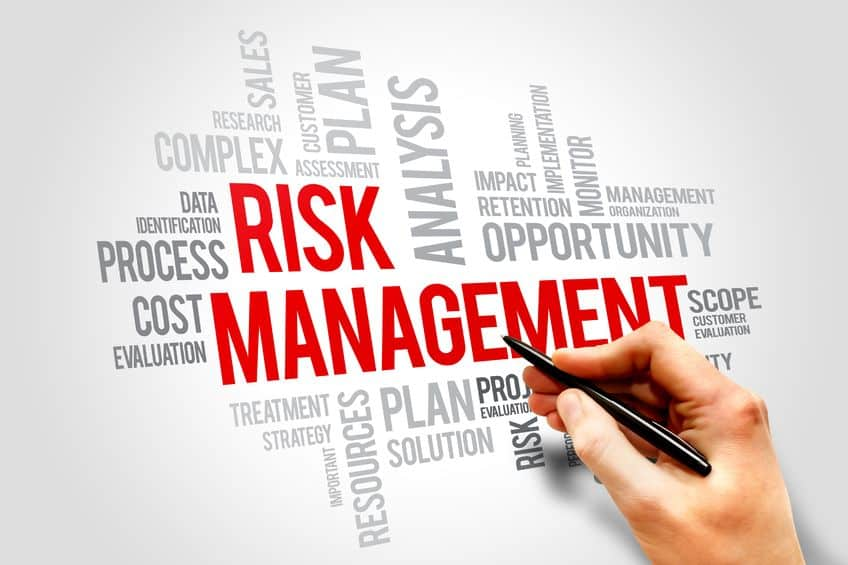In today’s interconnected world, businesses face many risks that can disrupt their supply chains. A robust supply chain risk assessment is essential for identifying, analysing, and mitigating these risks to ensure business continuity and resilience. This article outlines the key steps to effectively assess and manage supply chain risks.
Understanding Supply Chain Risk
Before diving into the steps, it’s crucial to define what supply chain risk encompasses. Supply chain risks can arise from various sources, including natural disasters, geopolitical issues, regulatory changes, and supplier reliability. These risks can impact a company’s ability to deliver products and services, affecting its reputation and financial stability.
Step 1: Identify Risks
The first step in a supply chain risk assessment is identifying potential risks. This involves mapping your entire supply chain, including suppliers, manufacturers, distributors, and logistics providers. Tools like risk matrices and flowcharts can help visualise the supply chain and pinpoint vulnerabilities. Key questions to consider include:
- What are the critical components of your supply chain?
- Where do you source your materials, and who are your key suppliers?
- Are there geopolitical risks in the regions where you operate?
Engaging with stakeholders across the organisation can provide diverse perspectives on potential risks.
Step 2: Assess Risks
Once risks are identified, the next step is to assess their potential impact and likelihood. This can be achieved through qualitative and quantitative methods.
Qualitative Assessment
A qualitative assessment involves discussions and workshops with team members to evaluate risks based on their experience and intuition. Techniques like brainstorming sessions and expert interviews can provide valuable insights.
Quantitative Assessment
Quantitative methods, such as statistical analysis and scenario modelling, can be employed for a more data-driven approach. Companies can use historical data to estimate the frequency and impact of various risks. By categorising risks based on their likelihood and severity, organisations can prioritise which risks need immediate attention.
Step 3: Develop Risk Mitigation Strategies
Once risks are assessed, the focus shifts to developing effective mitigation strategies. This involves creating action plans that outline specific steps to address each identified risk. Strategies may include:
- Diversifying Suppliers: Reducing reliance on a single supplier can minimise disruptions. Companies should evaluate alternative suppliers in different geographic locations.
- Establishing Safety Stock: Maintaining a buffer inventory can help mitigate supply chain disruptions caused by unexpected demand spikes or supplier delays.
- Strengthening Relationships: Building strong relationships with suppliers can enhance communication and foster collaboration during challenging times.
- Investing in Technology: Utilizing advanced technologies like blockchain and AI can provide real-time visibility into the supply chain, enabling proactive risk management.
Step 4: Implementing Risk Management Plans
Once mitigation strategies are developed, it’s time to implement them. Effective implementation requires clear communication and collaboration across departments. Assigning roles and responsibilities is crucial to ensure that everyone understands their part in managing risks.
Training sessions can help employees understand the importance of risk management and how they can contribute to the organisation’s overall resilience. Regular updates and reviews of risk management plans will keep them relevant as market conditions and business operations evolve.
Step 5: Monitor and Review
Supply chain risk assessment is not a one-time activity. Continuous monitoring and reviewing of risks are essential to adapt to environmental changes. Regularly reassess risks using the initial framework established, and stay informed about industry trends, regulatory changes, and new technologies.
Key performance indicators (KPIs) can help track the effectiveness of implemented strategies. Metrics such as lead time variability, supplier performance ratings, and customer satisfaction can provide insights into the health of the supply chain.
Step 6: Foster a Risk-Aware Culture
Creating a culture that prioritises risk awareness is vital for long-term success. Encouraging open communication about risks at all organisational levels can lead to quicker identification and resolution of potential issues. Employees should feel empowered to report risks without fear of repercussions.
Establishing a feedback loop where team members can share insights and experiences can continuously enhance the risk management process.
Conclusion
A robust supply chain risk assessment is crucial for maintaining a business’s health and stability in today’s dynamic environment. By following the steps outlined—from identification to mitigation—organisations can manage risks more effectively and enhance their overall operational resilience. A proactive approach to supply chain risk assessment will be essential for long-term success as the business landscape evolves.


